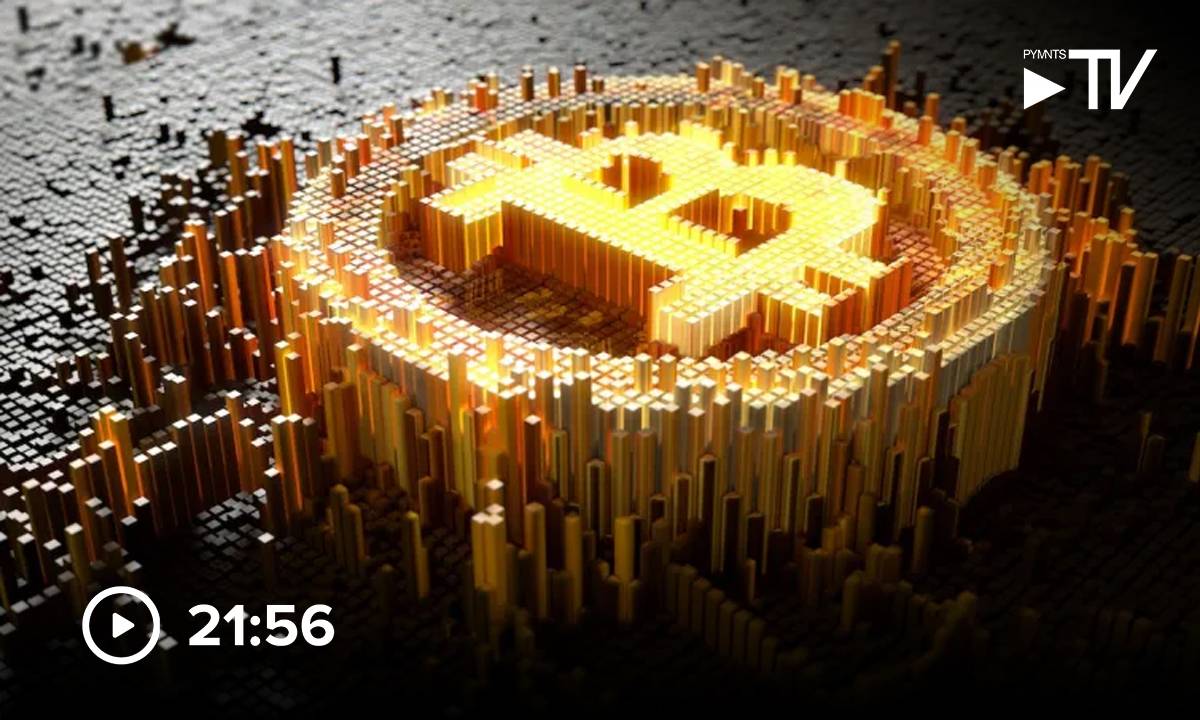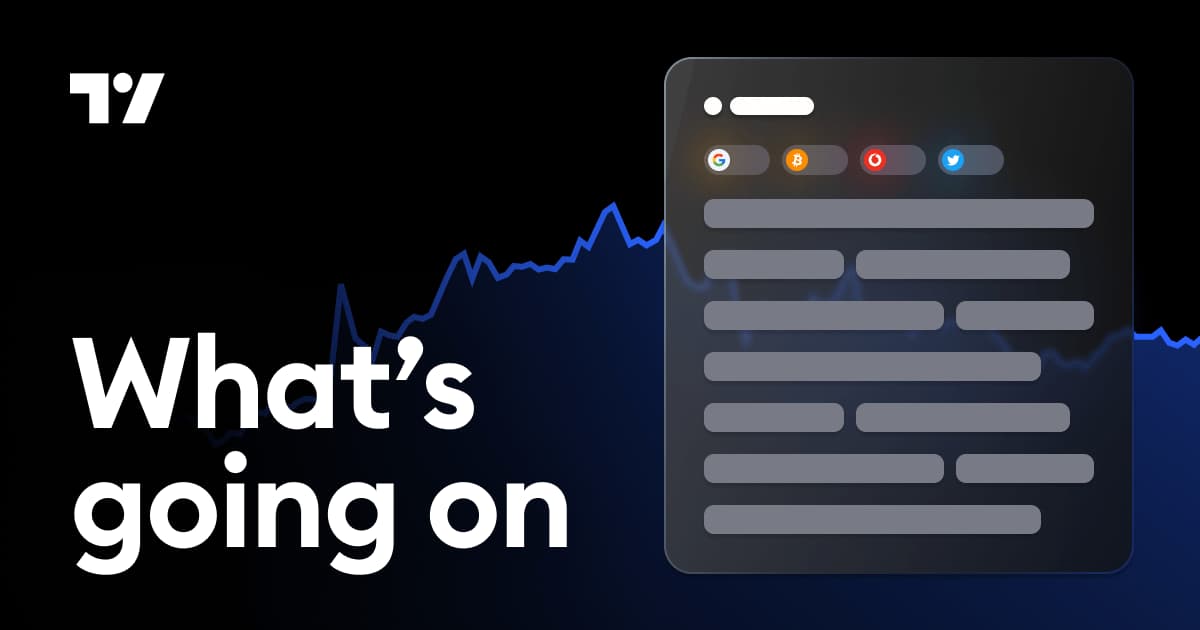Remember when blockchain was just that weird tech behind Bitcoin? Those days are long gone. Today, major banks and financial institutions are embracing blockchain technology, transforming how money moves around the world.
The journey from crypto curiosity to financial backbone has been remarkable. JP Morgan, once skeptical of cryptocurrencies, now processes over $1 billion daily through its blockchain network. Their Onyx platform handles everything from securities trading to cross-border payments, proving blockchain isn’t just for crypto enthusiasts anymore.
“Blockchain technology has evolved from an experimental concept to a critical component of modern financial infrastructure,” says Sarah Chen, financial technology analyst at Goldman Sachs. “What we’re seeing isn’t just adoption – it’s integration into the foundational systems that power global finance.”
This shift didn’t happen overnight. Early blockchain experiments faced major hurdles like slow transaction speeds and regulatory concerns. The technology needed to grow up, and it has. Today’s enterprise blockchain solutions can handle thousands of transactions per second while meeting strict compliance requirements.
What’s driving this change? Money talks. Banks lose billions annually to inefficient systems and fraud. Blockchain’s transparent, tamper-proof ledger offers solutions to these costly problems. When HSBC moved $20 billion in assets to their blockchain platform, they cut transaction costs by nearly 65%.
Regular people benefit too. Remember waiting days for international money transfers? Blockchain-based systems can complete them in minutes at a fraction of the cost. Santander’s blockchain payment service has saved customers over $200 million in fees since launching.
The impact goes beyond just speed and savings. Blockchain is opening doors for people without bank accounts. In countries like Kenya and the Philippines, blockchain-powered mobile payment systems let people participate in the financial system using just a basic phone.
“We’re seeing blockchain create financial inclusion in ways traditional banking couldn’t achieve,” explains Miguel Rodriguez of the World Economic Forum. “People previously excluded from banking services can now save, transfer, and receive money securely.”
Central banks are getting in on the action too. Over 80% of central banks worldwide are now exploring digital currencies built on blockchain technology. China has already moved its digital yuan into widespread testing, while the European Central Bank is advancing its digital euro project.
Security remains a top selling point. Traditional banking systems face increasingly sophisticated cyber attacks, costing financial institutions billions annually. Blockchain’s decentralized structure makes it harder to compromise, with no single point of failure for hackers to target.
“The distributed nature of blockchain creates inherent security advantages,” notes cybersecurity expert Aisha Washington. “When implemented properly, it makes large-scale data breaches significantly more difficult to execute.”
Challenges still exist, of course. Energy consumption concerns persist, though newer blockchain systems use far less power than early cryptocurrencies. Regulatory frameworks continue to evolve, sometimes unevenly across different countries. And integrating blockchain with decades-old banking systems isn’t always smooth.
But the direction is clear – blockchain is becoming part of the financial mainstream. From trade finance to insurance claims to property records, the technology is finding uses far beyond its cryptocurrency roots.
For everyday users, the blockchain revolution often works behind the scenes. When your bank app suddenly processes transactions faster or your mortgage closing takes hours instead of weeks, blockchain might be the invisible force making it happen.
The financial world rarely embraces radical change quickly. That makes blockchain’s journey from suspicious newcomer to trusted tool all the more remarkable. As we look ahead, the question isn’t whether blockchain will transform finance – it’s how far that transformation will go.








